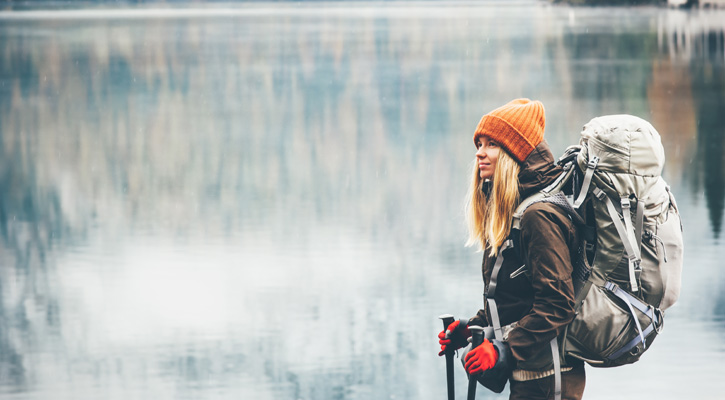
Winter in Spain might surprise you with its variety, depending on where you go. While the south enjoys mild temperatures, the north can get quite chilly.
Pack layers, including a warm coat, scarves, and gloves, to prepare for any weather.
In cities like Madrid or Barcelona, fashion meets function. For city walks, you might need a stylish jacket and some comfortable boots.
A cozy sweater will keep you warm as you explore museums and shops.
For countryside trips, have sturdy shoes for nature walks and comfortable clothes for travel. Being prepared will ensure you stay comfortable and enjoy your Spanish winter adventure.
The Spanish Winter Weather
Spain in winter offers varied climates. From chilly northern areas to milder southern regions, there is a range to consider. Rain and snow also differ across various parts of the country.
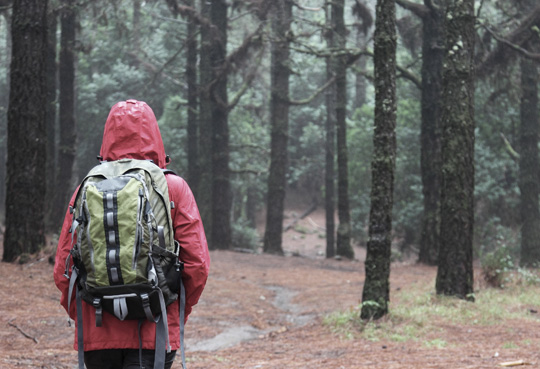
Typical Temperatures
In winter, Spain’s temperatures vary greatly by region. In northern areas like Asturias and Galicia, it can range from 5°C to 10°C. These are the colder parts of Spain during winter.
Meanwhile, the central region, including Madrid, sees temperatures between 0°C and 12°C. Coastal regions, like Barcelona and Valencia, often experience milder winters with temperatures typically above 8°C.
Southern Spain, such as Andalusia, stays relatively warm, with temperatures ranging from 10°C to 16°C.
Regional Variations
Spain’s winter climate differs significantly by region. In the north, you can expect colder, wetter conditions due to Atlantic influences. Cities like Bilbao and San Sebastián are rainier and cooler.
The central plateau, known as the Meseta, has cold winters with occasional frost and snow. Temperatures drop significantly at night.
The east coast, including cities like Barcelona, gets mild winters with occasional rainfall. The south, including Seville and Malaga, enjoys the mildest winter weather, with plenty of sunshine and very little rain.
Rainfall and Snow
Rainfall and snow vary across Spain in winter. In the north, such as Santiago de Compostela, rainfall is frequent, leading to wet conditions. This area rarely sees snow.
The central region, like Madrid, can experience both rain and snow, with snow being more common in higher altitudes.
The east coast, although drier, has occasional rainy spells due to Mediterranean storms.
In the south, rainfall is quite rare in winter, and snow is highly unusual except in mountainous areas like the Sierra Nevada. Most regions, especially tourist areas, remain accessible despite the winter weather conditions.
Essential Clothing Items for Your Wardrobe
When visiting Spain in winter, pack versatile clothing that will keep you comfortable. Focus on layers, warm outerwear, and appropriate footwear to handle varying temperatures.
Layering Basics
Packing layers is essential for staying comfortable in Spain’s variable winter climate. Begin with lightweight, breathable fabrics like cotton or merino wool for your base layers. They help manage moisture and provide warmth.
For mid-layers, consider sweaters or hoodies made of wool or fleece. These items offer warmth without adding too much bulk.
Cardigans or vests can also be useful for adjusting to indoor temperatures.
Do not forget accessories like scarves, hats, and gloves. These are easy to carry and can make a big difference in keeping you warm during chilly mornings or evenings.
Outerwear Must-Haves
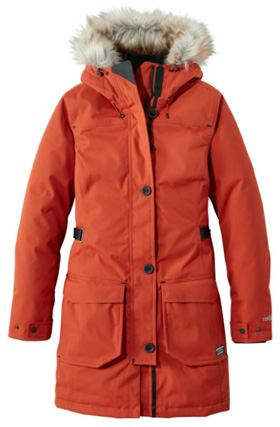
A reliable coat is a must-have for winter in Spain. Choose a medium to heavy coat that suits the area’s climate. A waterproof or water-resistant jacket can be useful for unexpected rain.
Pack a versatile jacket that can be layered over sweaters and other clothing. A down jacket is a good choice for extra warmth.
Consider styles with hoods for added protection against wind.
Make sure your outerwear is comfortable and allows freedom of movement. Check that it’s sized to fit over your layers without feeling too snug.
Footwear Recommendations
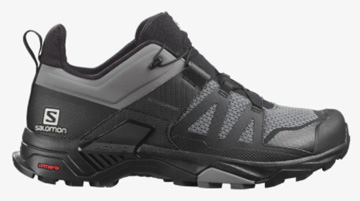
Comfortable and durable footwear is essential for exploring Spain. Bring a pair of waterproof boots to keep your feet dry during rainy days.
These boots should have a good grip on wet or slippery surfaces.
Sneakers or walking shoes are also valuable for warmer, dry days. Look for cushioned soles to manage long walks.
For evening outings, consider including a pair of dress shoes or ankle boots for more style. Choose options that are easy to pack and match with your outfits.
Remember, practicality and comfort should be your priority when selecting footwear.
Accessorizing for Style and Comfort
When dressing for winter in Spain, it’s important to think about accessories that add style and keep you comfortable. From hats and scarves to sunglasses, these items help you look good and feel great.
Hats, Gloves, and Scarves
In the chillier regions of Spain, a warm hat can be quite useful. Beanies or felted hats not only provide warmth but also add an element of fashion to your outfit.
Gloves are another important accessory. Opt for a pair made from wool or leather to keep your hands cozy.
A scarf can be quite versatile. Choose one in a neutral color to easily match your outfits, or go for a bold pattern to stand out. Wool or cashmere scarves provide warmth without adding too much bulk.
Looping it around your neck or draping it loosely gives you different style options.
Sunglasses and Sunscreen
Though winter may be cold, the sun still shines brightly in many parts of Spain. This makes sunglasses a must-have accessory. Look for pairs with UV protection to shield your eyes from harmful rays.
Even in winter, sunscreen remains essential, especially when you are outdoors. Choose a lotion with SPF 30 or higher.
This helps protect your skin from sun damage while you enjoy the sights. Keep a small tube in your bag to reapply if needed during the day.
Packing Tips for Different Activities
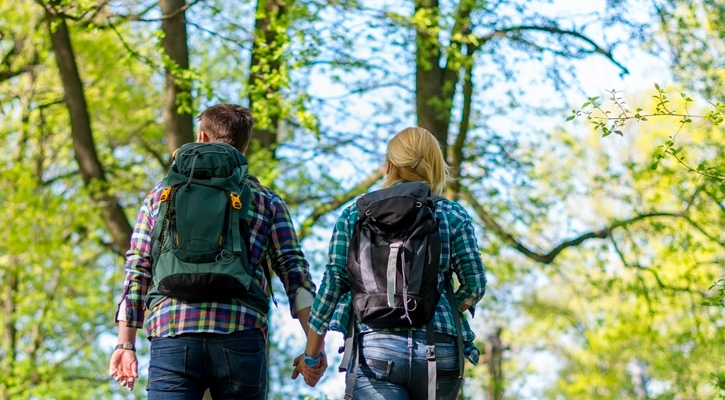
When visiting Spain in winter, think about what you’ll be doing each day. Different settings call for different gear, so it’s smart to plan. You’ll want comfortable yet stylish clothes for walking around cities, practical layers for outdoor adventures, and a touch of elegance for nights out.
City Sightseeing
For exploring cities like Madrid or Barcelona, comfort and style matter. Choose casual attire with layers to adjust to changing temperatures.
- Footwear: Opt for comfy walking shoes or boots. Look for non-slip soles for safety.
- Clothing: Bring a warm coat or jacket. Include sweaters and scarves for chilly spots.
- Accessories: Carry a bag for essentials like a guidebook and a water bottle. Don’t forget sunglasses for sunny days.
Outdoor Adventures
Enjoying the Spanish countryside requires specific gear. Whether hiking, biking, or exploring nature, prepare appropriately.
- Layers: Wear thermal tops under fleece or windproof jackets.
- Footwear: Waterproof hiking boots are a must for comfort and safety.
- Extras: Bring a backpack with a hydration pack, snacks, and a small first aid kit. Hats, gloves, and a weather-resistant jacket will protect you from the elements.
Evening Outfits and Events
When going out for dinner or attending events, a blend of elegance and comfort is ideal. Spanish winter evenings can be chilly, so plan to layer up.
- Attire: Approach evening outfits with smart-casual flair. Think dresses with tights, or smart trousers and blouses.
- Outerwear: A nice coat, possibly wool or similar, will keep you warm.
- Accessories: Add a touch of class with simple jewelry. A scarf and a stylish handbag finish the look. Comfortable yet fashionable shoes work best.
Dressing for Spanish Winter Festivities
When dressing for Spanish winter festivities, balance is key. Traditional attire often includes regional costumes or bold colors. Holidays and festivals are vibrant, featuring a mix of casual and dressy outfits that suit the season’s celebrations.
Traditional Attire
In Spain, traditional clothing varies by region. During festive events, people often wear specific regional costumes. In Andalusia, flamenco dresses are popular. These have bright colors and ruffles and create a festive atmosphere.
In Galicia, you might see Galician costumes, characterized by heavy woolen skirts and vests. This attire is both cultural and practical, offering warmth during winter celebrations.
Men might wear traditional suits, like those seen in Navarra, with pants, a vest, and a dark blazer. These reflect a sense of regional pride.
Fur capes in colder regions, like Asturias, add warmth and style, often seen in winter parades. Knowing about these helps you appreciate Spanish culture more deeply.
Holiday Seasons and Festivals
Spain’s winter holidays are festive and lively.
For Christmas, gatherings lean towards formal attire. Cozy sweaters with elegant slacks or skirts work well. In some places, you might wear a red scarf or hat as a festive touch.
For New Year’s Eve, known as Nochevieja, the clothing becomes more glamorous. Shiny dresses and smart suits are common. People often incorporate golden jewelry for luck.
During Three Kings Day (Día de los Reyes) in early January, families attend parades.
Here, a mix of warm layers is key due to outdoor settings. Many wear olive green or deep red garments, reflecting traditional holiday colors while keeping warm against the winter chill.
